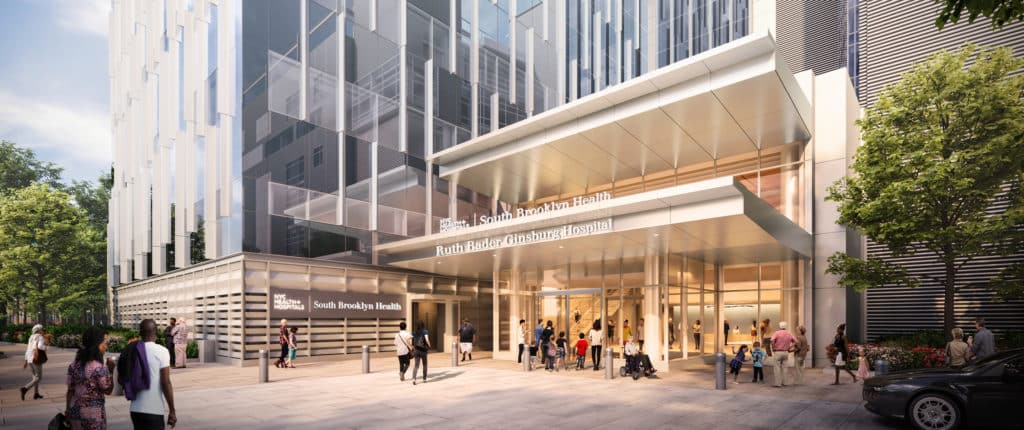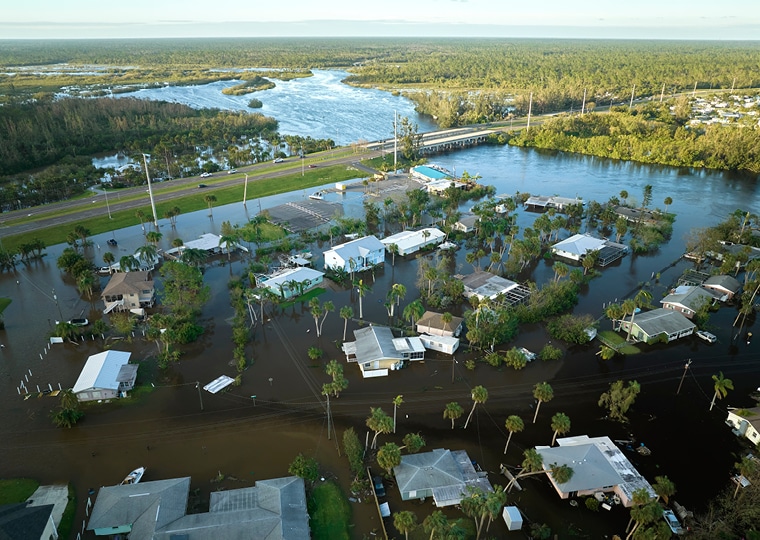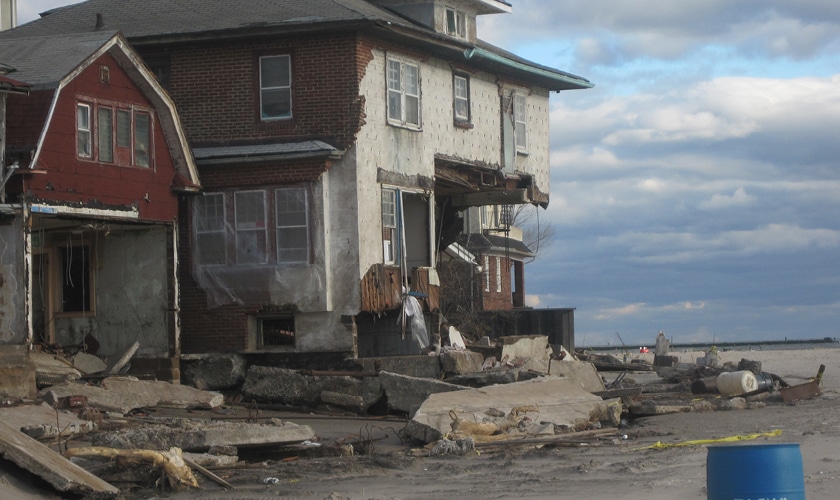
In a new research paper that was funded by the National Institute of Standards and Technology (NIST), STV Vice President, Technical Director and Engineering Chief Christopher Cerino, P.E., F.SEI, DBIA, examines best practices to improve disaster resilience for our communities through the enhanced performance of their most vital buildings and infrastructure systems.
Cerino has co-authored Resilience for Critical Facilities (NIST GCR 23-037), which reviews current national codes and standards for the design and construction of critical facilities, with a specific focus on hospitals, K-12 educational facilities, and data centers. The paper also recommends changes that will improve these buildings’ performance during hazard events.
“I worked with an amazing group of experts and am excited that this report is now available to the public,” said Cerino, who also recently completed a research effort with the Applied Technology Council that focused on flood resilience in developed urban regions. “I hope that the considerations provided in our work will result in more resilient communities and improve the recovery of critical facilities in the aftermath of hazard events to provide essential services to the areas that they serve.”
Critical facilities exist within all our communities and are essential to recovery following a hazard event. Society depends on them to provide essential lifeline services throughout, or soon after, a hurricane, earthquake, or alternative major disruption. According to the Federal Emergency Management Agency (FEMA), they are structures that, if compromised, would present an immediate threat to life, public health, and safety.
One of the key takeaways from Cerino’s paper was that the current building codes that govern critical facilities provide minimum loads and criteria based on life-safety reliability – such as how to protect the primary structural system throughout emergency evacuation procedures – but they do not factor in the level of damage for a given design event. This means that the codes don’t take into account that a building might be significantly impacted and thereby not immediately, or ever, re-occupiable.
With that idea in mind, Cerino said the publication is intended to serve as a best practices resource for designers for addressing performance in critical facilities beyond what is achieved by a code-level design.






